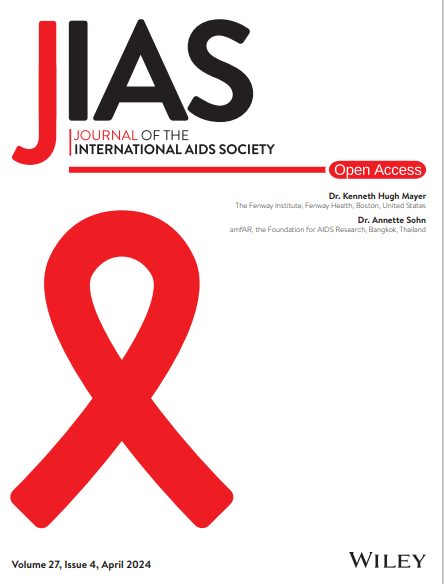Approaches used to monitor the effectiveness of community-led monitoring programmes: a scoping review to inform HIV programmes
Abstract
Introduction
Community-led monitoring (CLM) for HIV is a technique implemented by local community-led organizations and groups that systematically gather data about HIV services to advocate for improvement. This review was conducted to explore fields other than HIV where CLM or similar approaches have been used, and to identify methods and tools used to monitor the effectiveness of such approaches.
Methods
Using a systematic search in PubMed®, Embase® and Web of Science™, we identified publications describing community involvement in the monitoring of public services. We searched for English-language, peer-reviewed articles and abstracts published from inception until 7 March 2024 with search terms covering two broad areas: “community-led monitoring” and “impact/effectiveness.” We double-screened titles and abstracts and single-extracted data on publication type, region and geographic location, field, programme goals, the methods used to monitor the programme, indicators used for monitoring and the frequency with which the programme was monitored. In addition, a web search was conducted to identify relevant grey literature.
Results
We identified 282 records, of which 28 publications were included. Additionally, 24 documents were included through a search of grey literature. Seven peer-reviewed publications related to HIV CLM, 10 were from other health services and 11 were from monitoring of natural resources. No peer-reviewed publications documented results from routine evaluations of CLM programmes or described a monitoring framework for CLM.
Common themes identified across different fields were the role of multi-stakeholder collaboration as an enabling factor for community monitoring, challenges in sustainability due to fragmented funding and the inability of existing evaluation approaches to capture the longer-term impact of community monitoring.
Discussion
Having a robust monitoring and evaluation system is essential for improving CLM programme operations and demonstrating impact. However, demonstrating the impact of community-led advocacy efforts is complex and more research is needed to assess longer-term impacts. Monitoring of locally led adaptation programmes for climate resilience offers useful examples of impact assessments.
Conclusions
The synthesized findings and lessons from this scoping review have been used, along with consultations with CLM implementers, to develop a guide to monitor outcomes and impact of HIV CLM programmes.


 求助内容:
求助内容: 应助结果提醒方式:
应助结果提醒方式:


